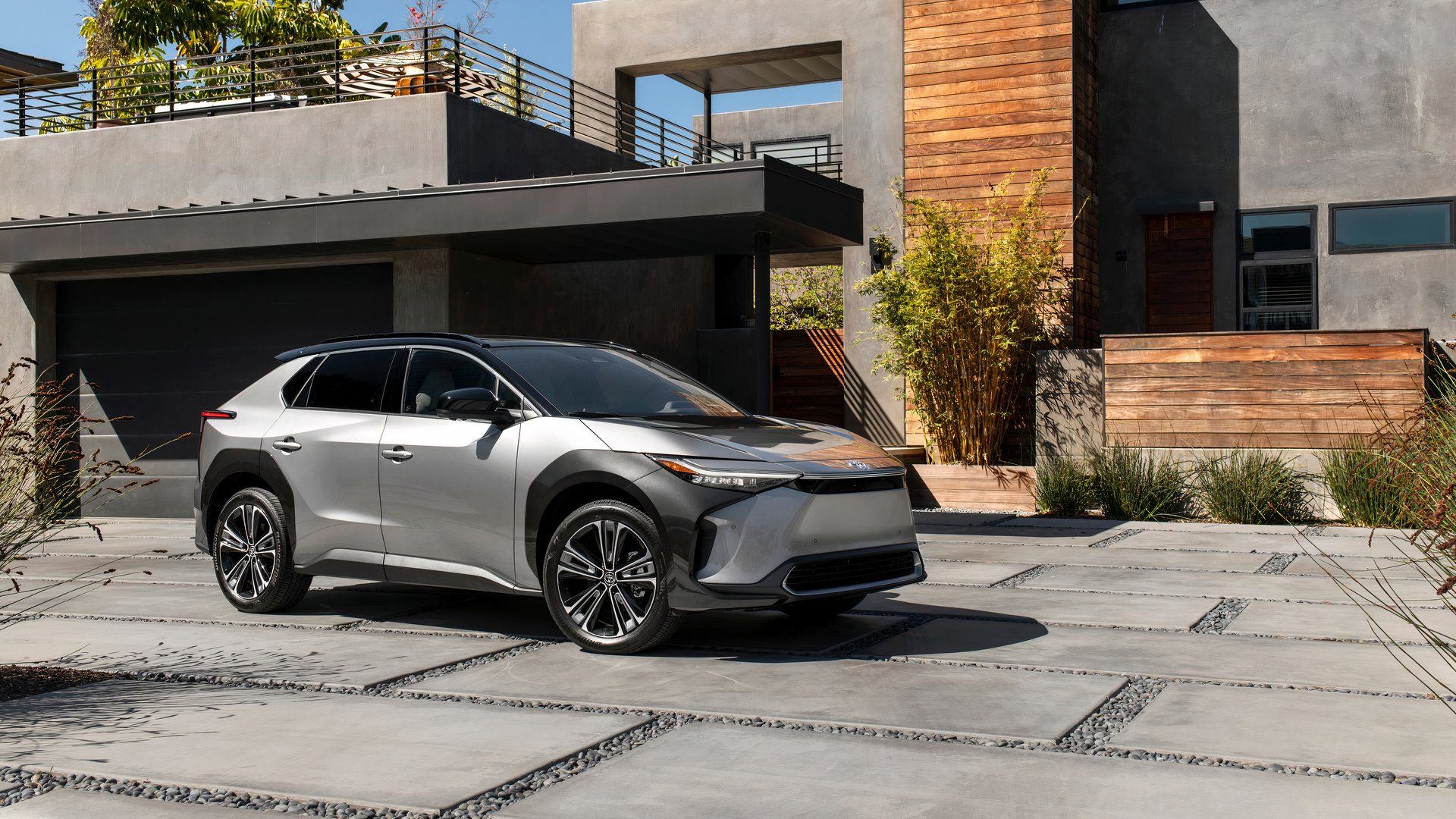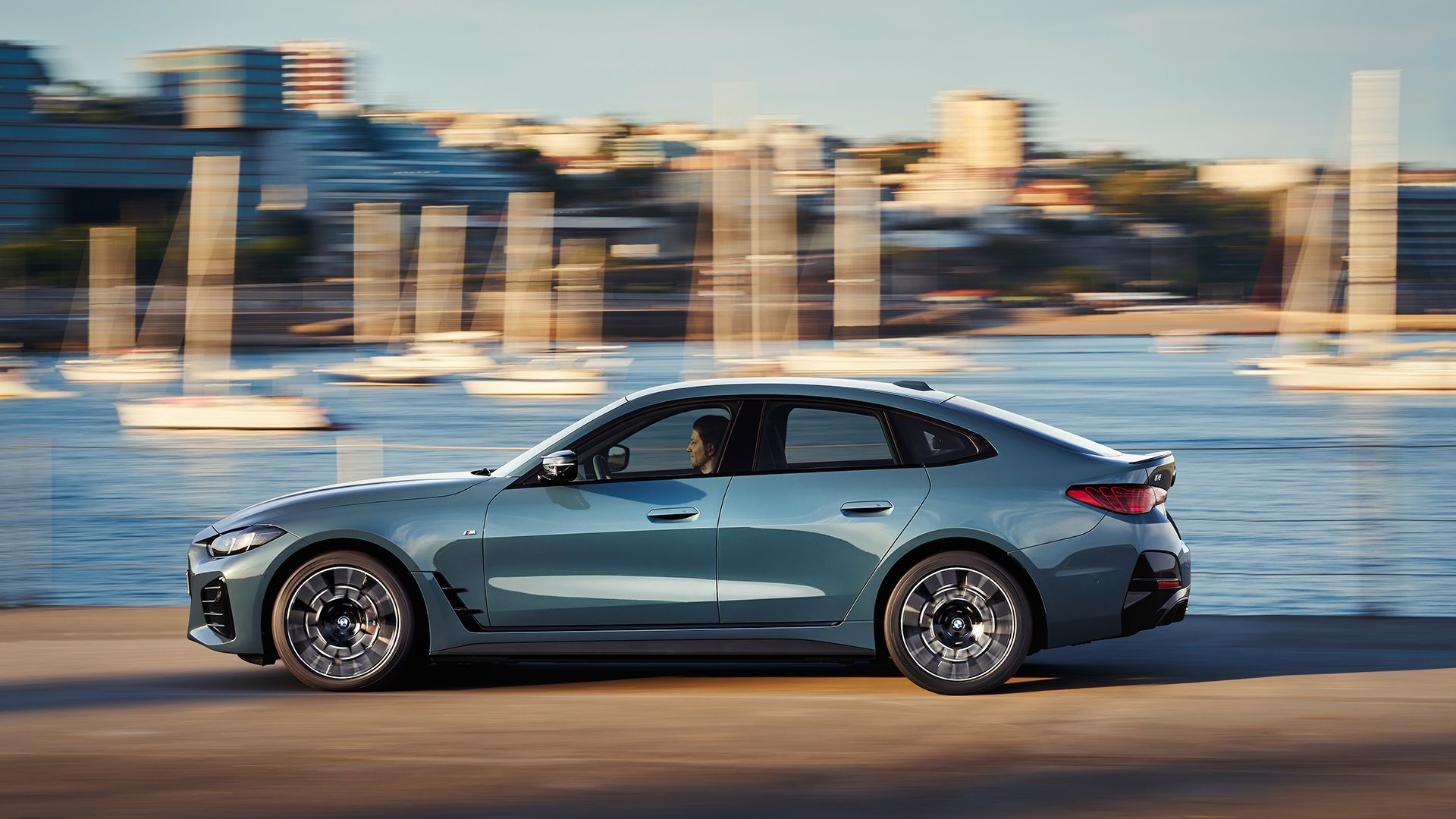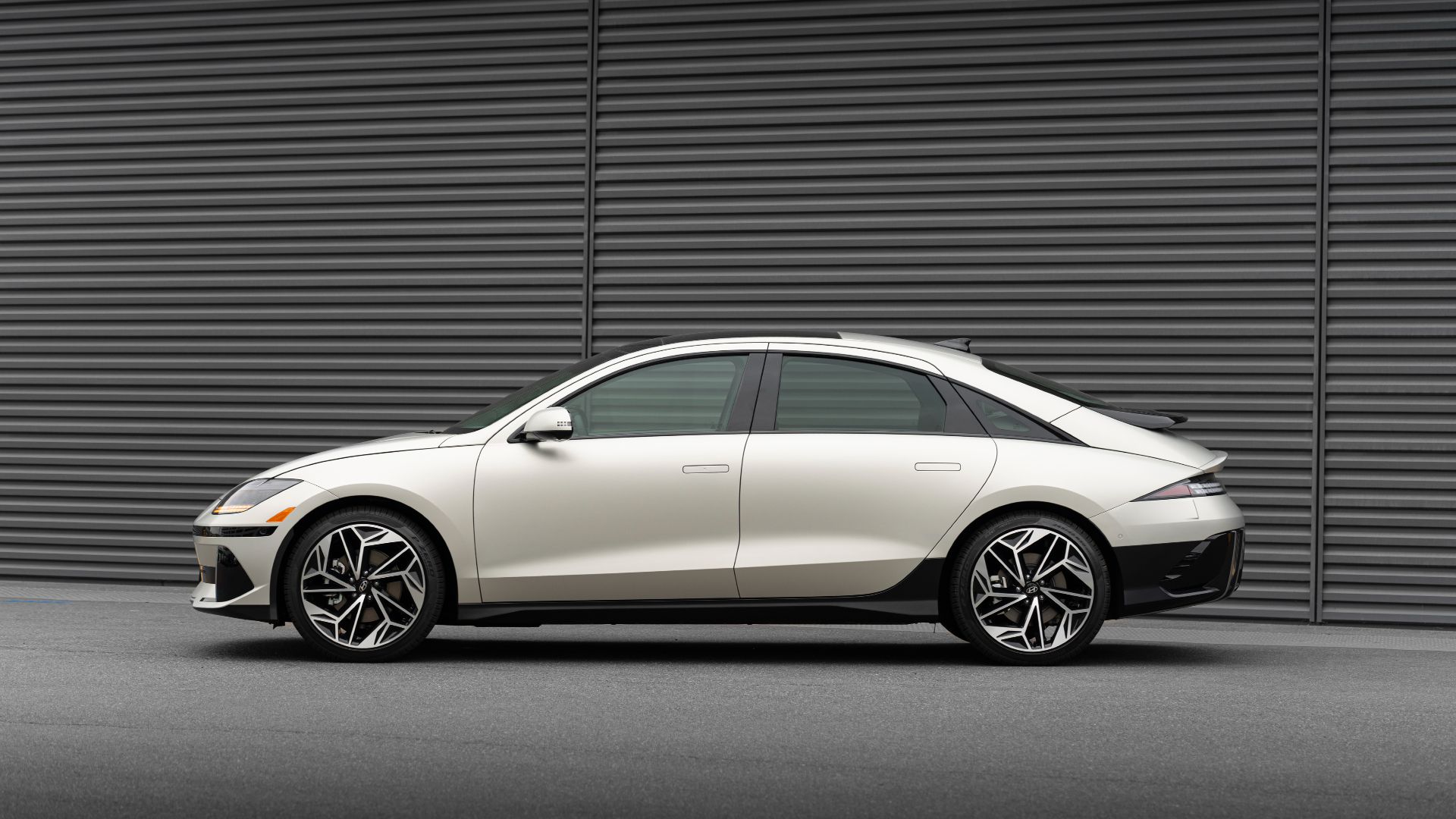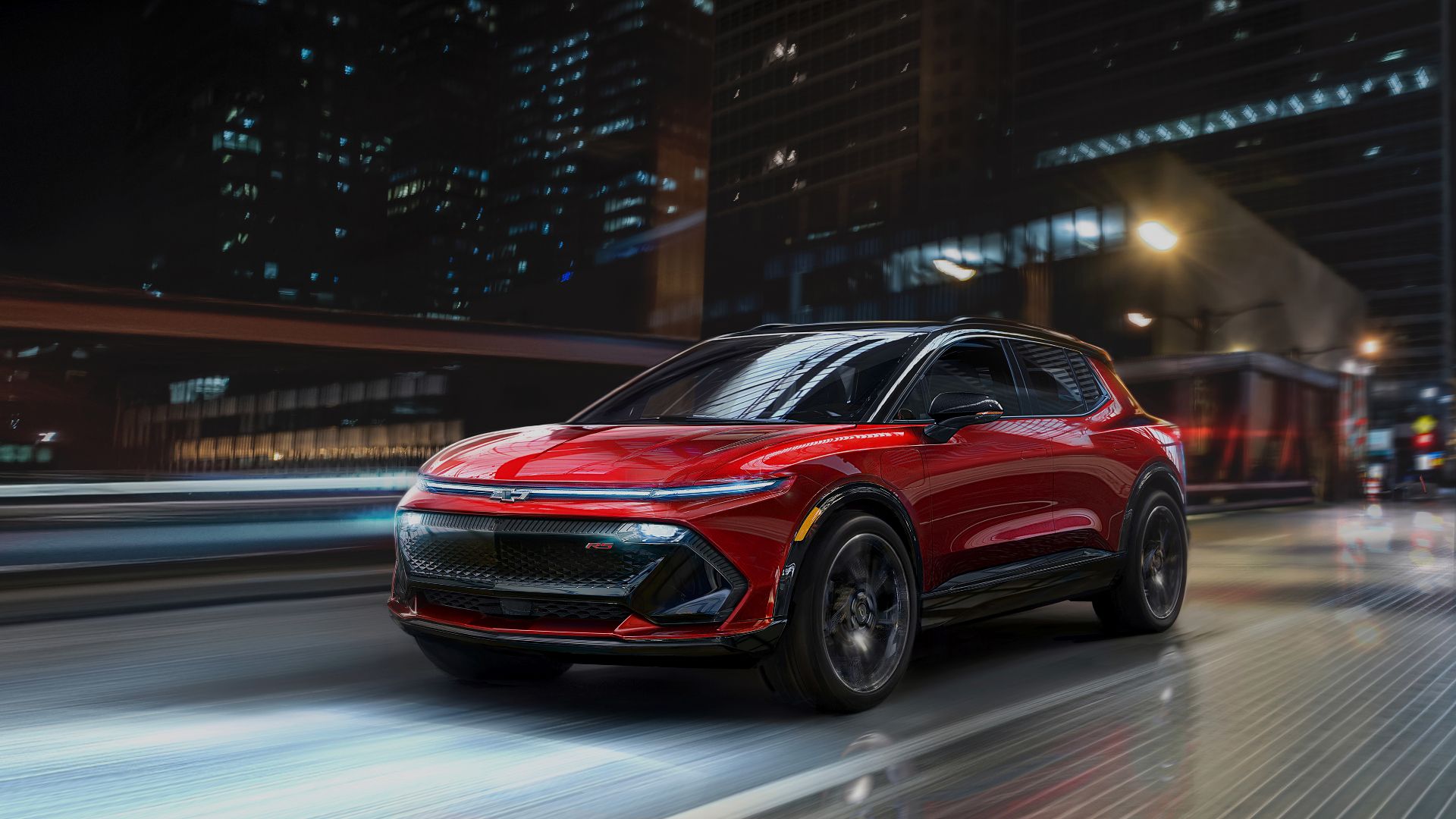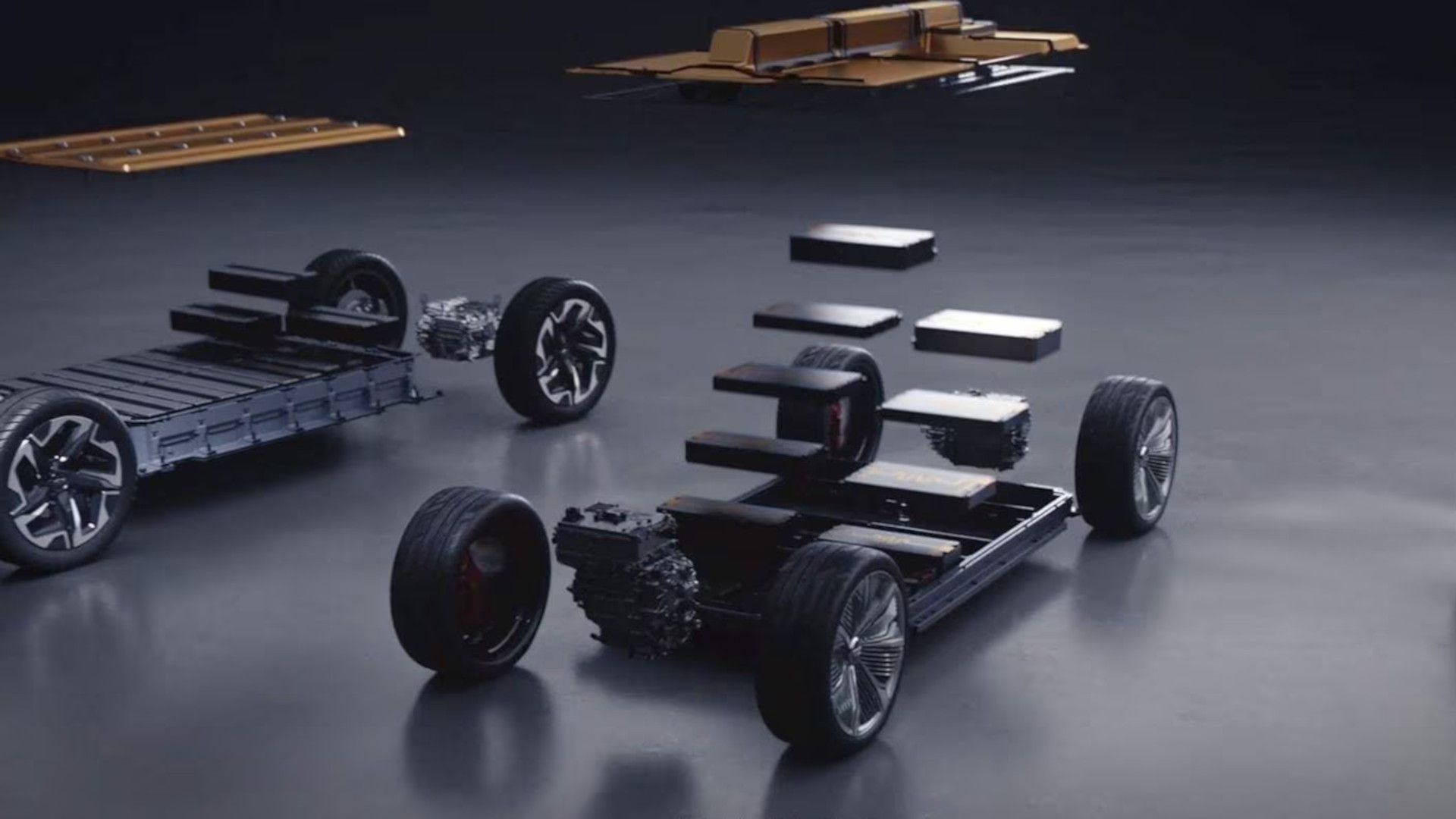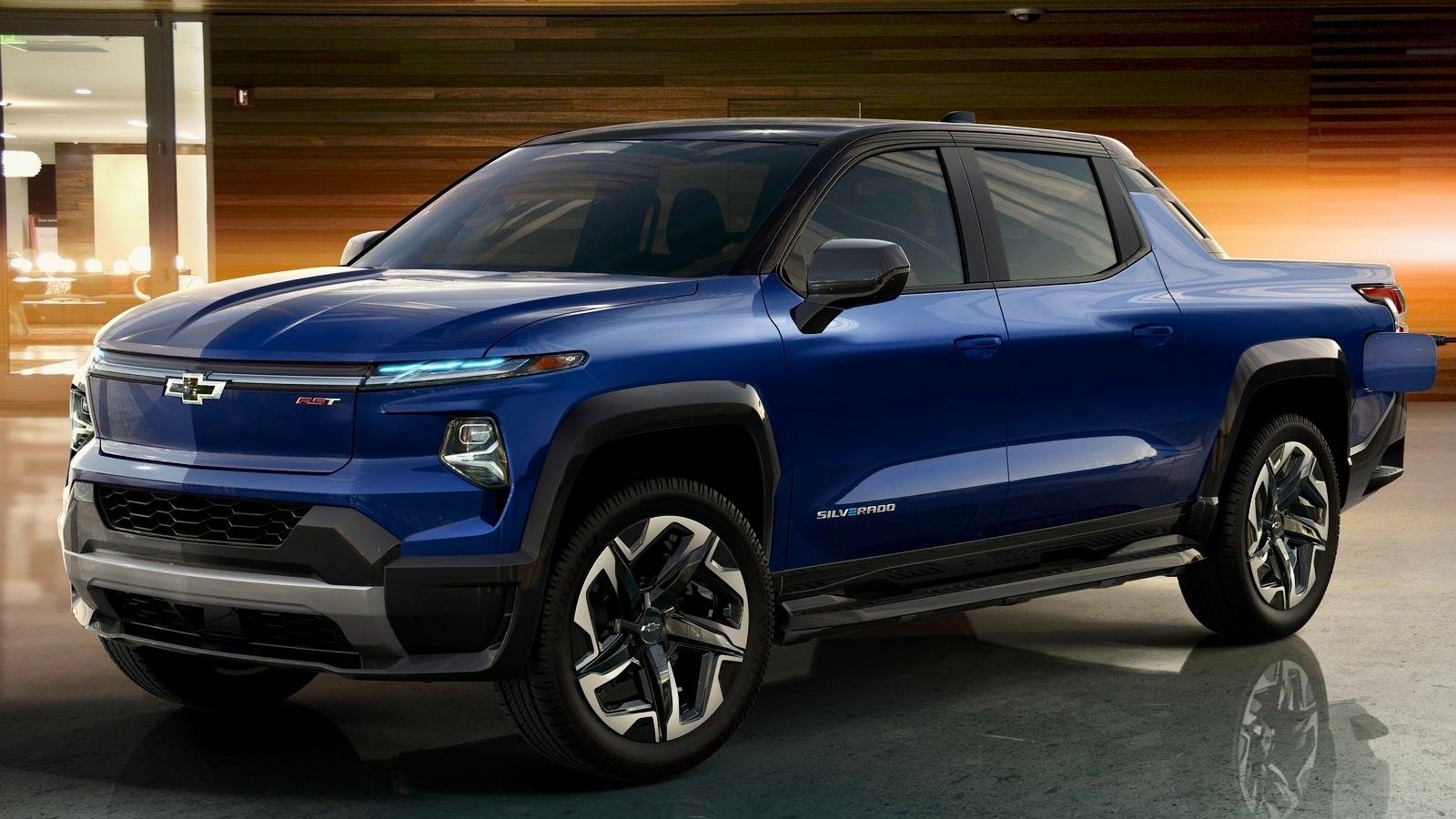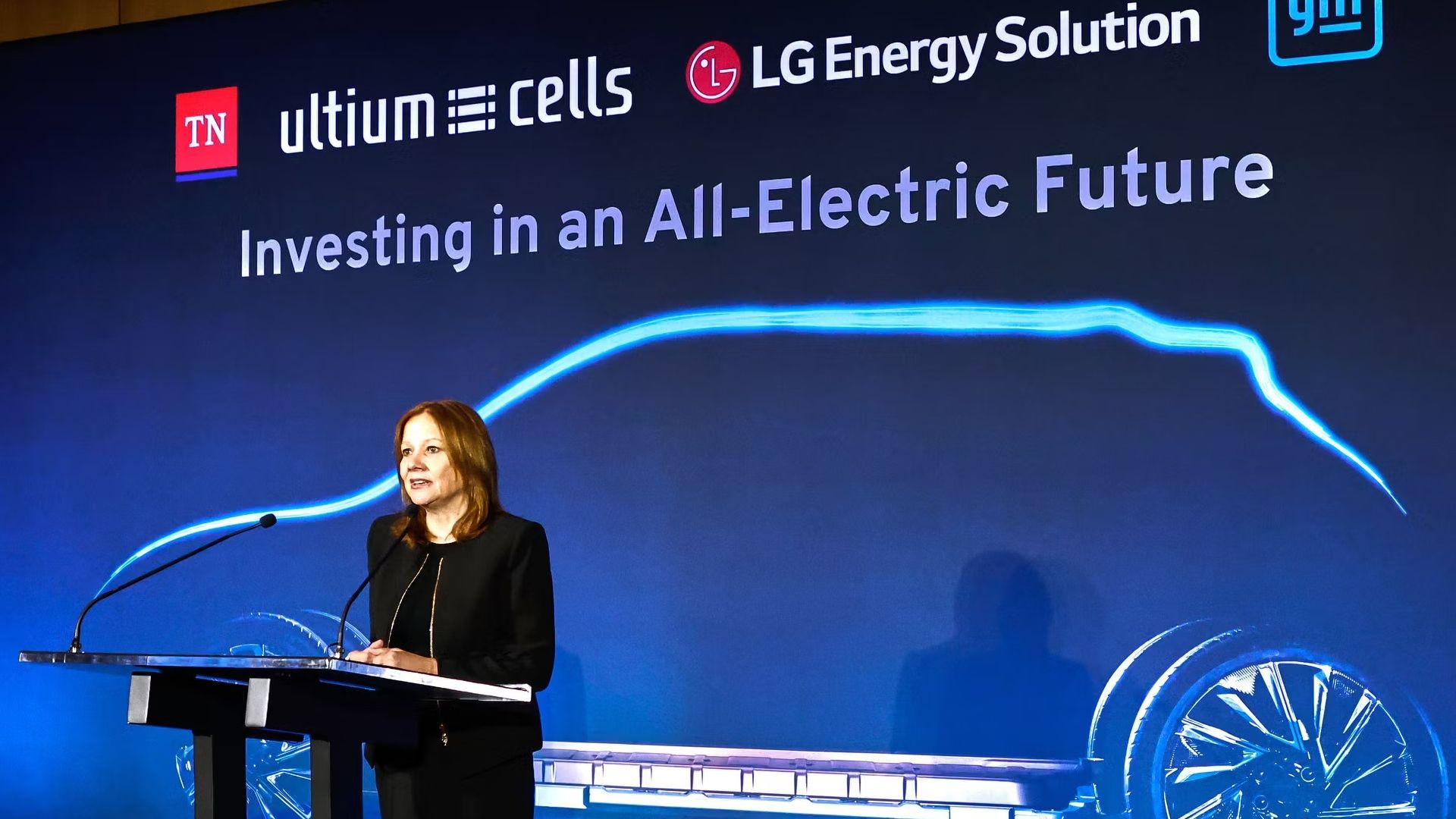Summary
- GM's Ultium battery technology, with its modular design and enhanced energy density, is a key advantage over Tesla, promising longer driving ranges and potential cost savings.
- The innovative battery management system employed by GM allows for segmental battery replacements and seamless integration of newer battery tech, ensuring the battery pack lasts the life of the vehicle.
- While Tesla is making strides in battery production, GM's Ultium battery technology, combined with its ambitious EV strategy and partnerships, positions it as a strong contender in the EV market race.
General Motors is one of the largest American auto manufacturers, with big plans for winning the EV race. In fact, GM's CEO, Mary Barra, is confident that the company will surpass Tesla in EV sales by 2025. This might seem like a bold claim considering that Tesla reported record revenue after selling 1.31 million units (mostly Model 3 and Model Y) in 2022 and 466,140 electric vehicles in Q2 2023. In comparison, GM sold only 15,652 EVs in the second quarter of 2023. But this could be possible because of GM's EV strategy, which includes investing over $35 billion in electric and autonomous vehicles by 2025, releasing 30 new EVs globally by mid-decade, partnering with Honda to share EV technology and design, and, of course, the unique Ultium battery technology to edge out competitors.
It wouldn't be wrong to say that GM is heavily relying on its Ultium battery technology. After all, the Detroit-based auto manufacturer plans to sell 1 million EVs a year in North America starting in 2025, most of which will utilize the Ultium platform. Yet, a question lingers in many minds (as if we could read them): Is the Ultium battery technology capable enough to help GM outpace Tesla and stand its ground against both established auto players in the EV market and the myriad of emerging startups with immense potential? It's a battery brawl, and GM's hoping its Ultium is the ultimate champion (pun intended, of course).
What Exactly Is GM's Ultium Battery Technology?
GM started working on the Ultium EV architecture back in 2018 to create a super flexible platform with a modular battery system capable of powering just about any vehicle GM produces. The Ultium platform includes new electric motors, platforms, battery designs, and software for its next wave of EVs. Since it is built on a flexible battery architecture, it can help GM ramp up the production of EVs across different vehicle types (from everyday electric cars to hefty commercial vehicles). Several fully electric vehicles will be based on the Ultium platform, such as GMC Hummer EV pickup, GMC Hummer EV SUV, Chevy Blazer EV, Chevy Equinox EV, Cadillac Lyriq, and Chevy Silverado EV.
GM and LG partnered in a joint venture called Ultium Cells LLC to develop the Ultium battery cells with plans of opening four battery factories across the U.S. while the first factory found its home in Ohio and Ultium Cells is spending $2.3 billion to build another plant near GM's Spring Hill Assembly plant (where the automaker assembles the Cadillac Lyriq EV), both giants in their respective industries have called off the partnership for a fourth battery plant. GM is now searching for a new partner to build the fourth plant.
And although Ultium batteries belong to the lithium-ion family, they've got a distinctive edge. A chemistry blend of nickel-manganese-cobalt-aluminum has helped GM slash cobalt's use by a remarkable 70 percent compared to numerous competitors in the EV world. However, Tesla claims that it has already started equipping half of its new EVs with cobalt-free lithium iron phosphate (LFP) batteries. Nevertheless, this is a significant advancement since the demand for cobalt in EV batteries is rising, and a supply shortage is looming. It seems like GM has already prepared for the worst-possible scenario.
The Many Advantages Of Ultium Battery Technology
- GM's Ultium battery has a modular design for enhanced energy density.
- One Ultium 100 amp-hour cell matches the output of 20 small cylindrical cells.
- Ultium batteries can save 80 percent of space by integrating electronic components within the modules for space efficiency.
- Battery design provides extra legroom for second-row passengers.
- Battery options span 50 kWh to 200 kWh.
- Driving range of 300+ miles and up to 600 miles with GM's second-gen batteries.
- Ultium battery price is less than $100 per kWh.
GM's Ultium battery technology boasts a modular design to optimize energy density. The battery module that will sit beneath the floor of GM's next-generation EVs is made up of long pouch cells that can be stacked to meet the vehicle's demand. Such flexible stacking not only conserves battery's space but grants GM engineers the liberty to amplify energy density for enhanced driving range without facing the problem of excessive weight. Also, GM touts that a single Ultium large format 100 amp-hour cell can rival the output of 20 small cylindrical can cells, the type many competitors bank on.
In a pioneering move within the EV industry, GM plans to employ vertically-stacked cells for its all-electric SUVs and crossovers while adopting horizontally-stacked cells for performance vehicles. The automaker also claims that its Ultium batteries can offer significant space savings thanks to the integration of electronic components within the modules. Such innovative engineering has the potential to reduce up to 80 percent of the battery pack wiring found in competing EVs. Furthermore, the compact design of the battery module, strategically placed beneath the second row, will ensure added legroom and enhanced comfort for second-row passengers.
Most importantly, the GM Ultium battery options range from 50 kWh to over 200 kWh, allowing for a driving distance of 300 miles or more on a single charge. This range could exceed 600 miles with GM's second-generation lithium-metal batteries. The Ultium battery packs in GM's EVs and crossover SUVs operate at 400 volts and boast DC fast charging capabilities of up to 250 kW. However, the Hummer EV links two-400-volt packs to mimic an 800-volt system, which can charge at rates up to 350 kW. We are especially impressed by the driving range the Ultium batteries provide, given their cost of less than $100 per kWh — a target the EV industry has been avidly pursuing. It's worth mentioning that the estimated average battery price for 2022 hovered around $150 per kWh. Ambitiously, the automaker aims to further reduce this cost to less than $70 per kWh by the "mid to late decade."
Can The Ultium Battery Take On Tesla's Battery Technology?
GM is setting its sights on outpacing Tesla in the EV market race, banking heavily on its innovative battery technology central to the Ultium platform. However, the road ahead is challenging for the Detroit giant, especially as Tesla has begun its own production of the 4680-type cylindrical lithium-ion batteries. Furthermore, Tesla is transferring its battery cell production capacity from Germany's Gigafactory Berlin to the US's Gigafactory Texas, aiming to capitalize on the $45/kWh battery production credit available.
That said, GM Ultium battery appears to have an advantage over Tesla due to its superior energy density, which promises a longer driving range. Case in point, the Chevrolet Silverado EV promises a 450-mile range. That seems to be the case for now since there's no clear info on the Tesla Cybertruck release date (which could offer a range of up to 500 miles). For the time being, a battery with a larger capacity than Tesla's could provide GM the sustained edge it is seeking for the long game.
Additionally, GM's innovative battery management system oversees the Ultium battery at a more intricate level compared to Tesla. While Tesla's battery management system focuses on the entire battery pack, GM's approach hones in on individual modules. This unique approach allows for segmental battery replacements over time, avoiding the full-pack replacement altogether. Plus, the auto manufacturer can seamlessly integrate newer battery tech with older modules. In other words, GM can ensure the battery pack lasts the life of the vehicle. This holds significant potential since the high cost of battery replacement, especially for Teslas, is a major deterrent for potential EV adopters. Also, no one would blow up their GM electric car due to the high cost of replacing the battery, like the Tesla owner who blew up his Model S when faced with a $22,500 battery replacement cost!


